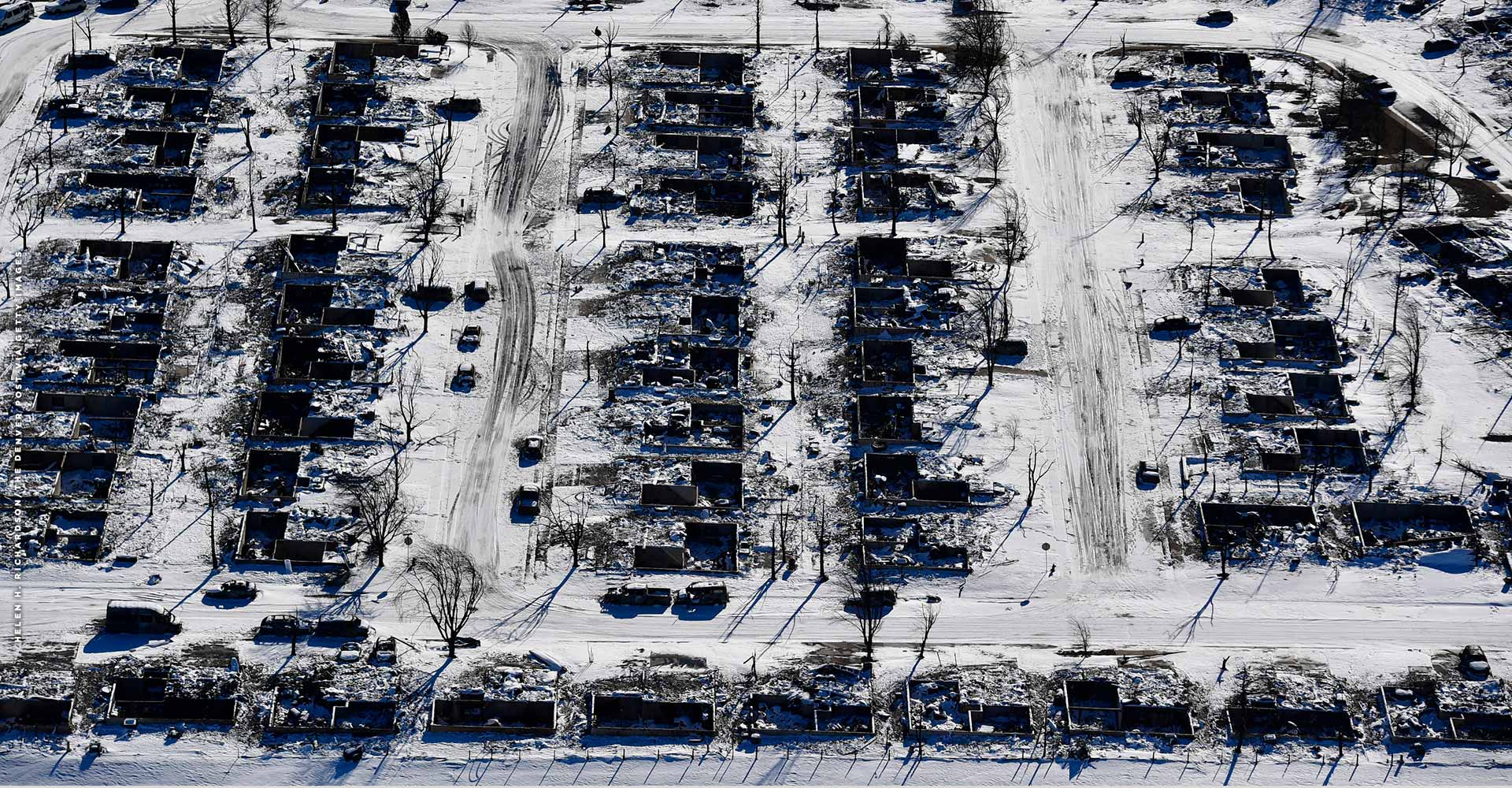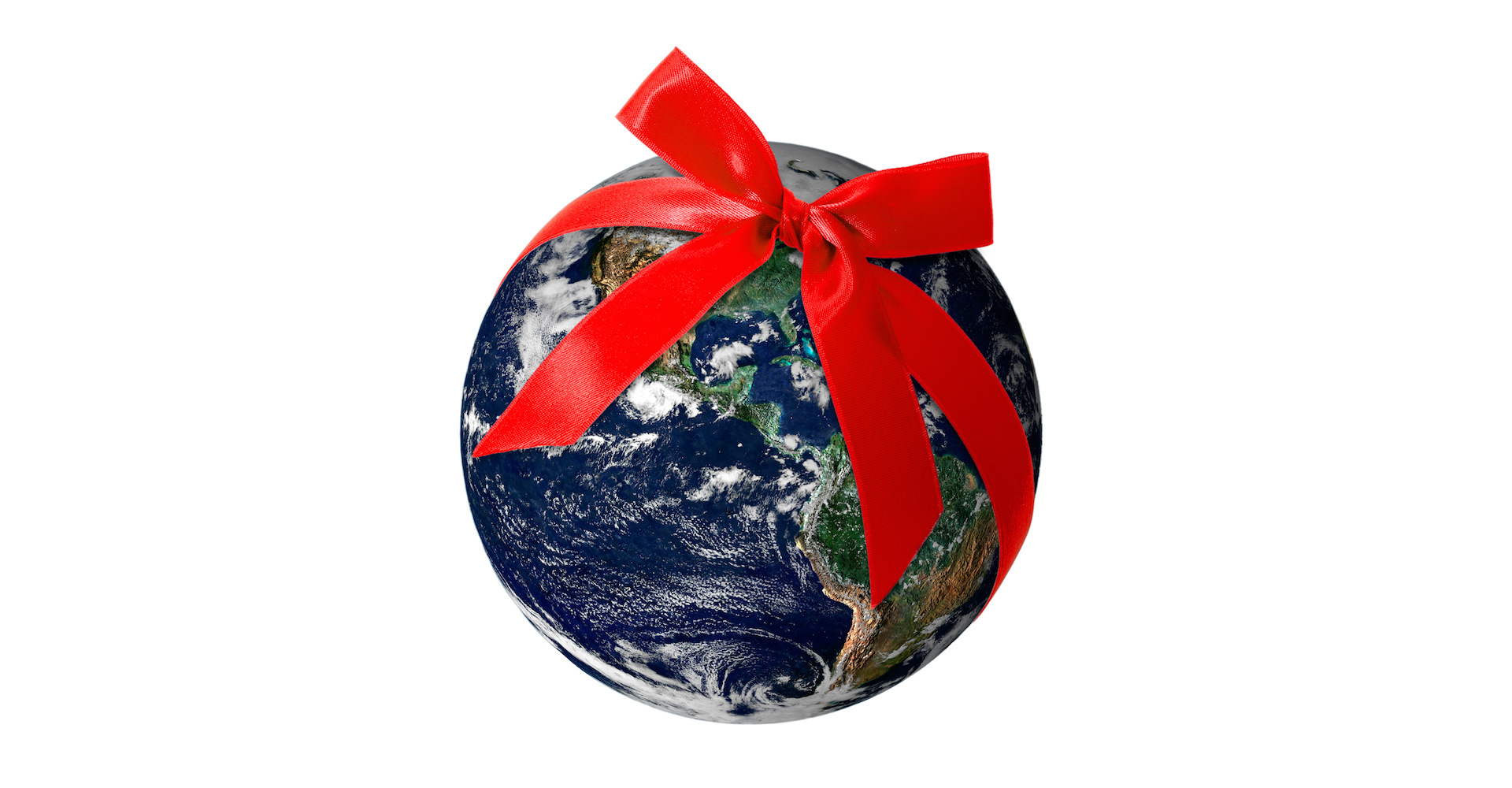The weird and wonderful world of Denver snow
Forget slush and snow piles – Mile High snowfall is a superior model.

If you love snow, then it’s been a long autumn in Denver.
As the calendar turned to November, the city was still waiting for its first measurable snowfall, which typically happens in mid-October. Last year, Denver saw its first measurable snowfall in early September.
That unpredictability notwithstanding, Denver and other Colorado cities can be among the snowiest in the country, though as Sam Ng, Ph.D., points out, not all snowy cities are created equal. The professor of Meteorology at Metropolitan State University of Denver explains why the Mile High City basically wins at winter.
This is a different kind of snowy city
A recent survey showed that Colorado contained three of the six snowiest cities in the country last season, with Denver taking the No. 3 spot. Thanks to a monster March blizzard, the city recorded 80.2 inches during the 2020-21 season. Even the city’s historical average of 56.5 inches does sound like quite a lot of the white stuff, so you can see why visitors might arrive expecting a frosty deluge.

The other cities on the snowiest list, in places such as New York and Pennsylvania, face gray skies, prolonged icy spells and heavy snowfall that sticks around for weeks. But winter in Denver is altogether a brighter affair. “Due to the unique quirks of our altitude, climate and geography,” Ng said, “our winter weather, and particularly our snow, looks and even behaves very differently (compared) to most other places.”
Colorado’s climate creates perfect snow
Snowfall across the U.S. comes in many variations, which are determined by local temperatures and how much moisture is in the air. “And fortunately,” Ng explained, “Denver benefits from the unique combination of a dry atmosphere and just-right freezing conditions to create perfectly light, fluffy snow.”
Unlike the heavy, wet snow you often see in northeastern U.S. states, Denver specializes in powdery, low-density white stuff that’s light and easy to manage. “Thankfully, we aren’t burdened with the kind of backbreaking icy stuff that’s hellish to dig up from your front path,” Ng said.
RELATED: Taken by storm
Surprise! Denver is warm (and sunny) for much of the winter

Many snowbound U.S. cities may not see much trade in shorts, light jackets and flip-flops during the cooler months. But winter days in Denver are often sunny and surprisingly balmy. “It’s generally moisture in the air that makes people feel the chill during the winter,” Ng said, “and Denver’s lack of humidity and the downslope wind helps to keep us pretty warm.” Even in December, the city’s coldest month, you’ll often find the thermometer nudging toward 60 degrees.
Snow falls in Denver for much of the year
Last year, Denver’s first snow arrived in September, and then it snowed every month right through May – a span of 245 days over nine months. And while the city also saw many stretches of warm, glorious weather during that time, you always knew another blanket of snow was coming.
“It’s partly our high elevation and also how dry the air is up here, both of which are conducive to snowflakes surviving and thriving,” Ng explained. Basically, the region has the perfect meteorological ingredients in place to make snow happen at the drop of a hat – or at least a drop in temperature.
“Thanks to our unusual weather systems, we sometimes even get snow here when the temperature is above freezing,” Ng said.
You can expect HEAVY snow … which quickly vanishes
Every Denverite can tell you about the sudden snowfalls that completely engulf the place like thick icing on a giant, city-size cake. “Our fast-moving snowstorms often dump more than a foot of snow (and occasionally much more) in a matter of hours,” Ng said. “It’s just part of life here.”

But equally mind-boggling is the speed with which Denver snow disappears. Whereas snowfall in many parts of the U.S. can just lie there for weeks or months (one recent snow pile in Boston didn’t disappear until July), a few sustained bursts of Colorado’s powerful sun rays can blast away most traces of a Denver deluge within a couple of days.
Denver snowfall creeps up on you – fast
Occasionally, life on Denver’s meteorological rollercoaster can reach almost comical proportions. In September 2020, sweltering Denverites saw a 93-degree day followed by a 60-degree plunge that ushered in a foot of snow, all within 18 hours. That was a bit extreme, even for Denver. But wild swings from sun-lounging to snow-clearing weather are fairly frequent here.
RELATED: Deep experience
“Mile High tourists often get weather whiplash trying to keep up with the dramatic speed of our climatological cycles,” Ng said. “You’re never quite sure whether you’ll need sandals or snow boots on any given day.”

We even get the best type of snowflakes
There’s a huge selection of snowflake formations out there, such as hollow columns, needles, double plates, rimed crystals, bullet rosettes – plus another distinctive design. “Denver gets a lot of stellar dendrites, which are those classic six-sided snow crystals you see on holiday cards,” Ng said. “They are pretty large, extremely thin and super-light, which makes them ideal for producing the best kind of powdery snow.”
There’s a good reason for such wacky weather
When you place a city 5,280 feet high in a semi-arid climate on a desert plain right next to a massive mountain range, weather weirdness is going to follow. “Denver represents a complete climatological mashup,” Ng said. “Its high elevation and warm temperatures, combined with all the cold air rolling down from the nearby Rocky Mountains, create some truly unique conditions that lead to our unorthodox but always exciting weather.”







